As it celebrates 40 years in business, Orms is entering a new phase. Ben Flatman speaks to John McRae and new director Miranda MacLaren about how the practice is expanding its leadership, diversifying its portfolio, and responding to the shifting London office market with a renewed focus on residential architecture
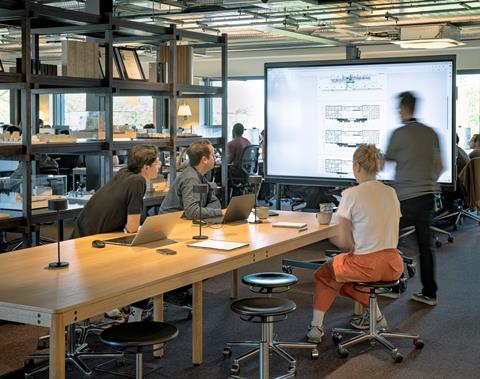
When Orms Designers + Architects was founded in 1984 by architect Oliver Richards and designer Martin Shirley, it set out with a clear aim: to offer an all-round service that would set it apart.
At a time when architects were under fire, not least from the Prince of Wales, whose “monstrous carbuncle” jibe cast a long shadow, the decision to put “designers” before “architects” in the name was more than stylistic.
It reflected a belief that architecture did not sit in isolation, and that combining interior and architectural design within a single practice could offer clients something more responsive and complete. That belief shaped the studio’s early work.
From one of the UK’s first science park buildings in Cambridge to the headquarters for fashion brand Next, Orms moved confidently between sectors. In the 1990s, it helped to pioneer loft living in London through a string of warehouse conversions with developer London Buildings, while interiors commissions for law firms, cafés and health clubs began to stretch across Europe and beyond.
It’s about using what’s already there and knowing where it’s going next
John McRae, Orms director
That all-round ethos continues to underpin the practice today. Having recently passed it 40th anniversary, Orms is going through a new period of reflection and growth. The past two years have seen the practice take on more varied commissions, expand its leadership team, and commit more deeply to ideas of reuse, retrofit and environmental responsibility.
Alongside this evolution in scale and direction, there has been a renewed interest in the social purpose of architecture, and in how buildings – new or adapted – can serve broader public needs. The move to a new studio space marks a natural punctuation point, offering a chance to reflect on where the practice is headed and how it wants to work in the future.
And the new location at 160 Old Street is not just a place of work – it’s something of a manifesto in material form. Housed in a former Royal Mail building, the fit-out reflects the values that have come to define the practice: sustainability, refurbishment and an attention to detail that borders on the forensic.
A lot of the materials were carried over from Orms’ old studio at 1 Oliver’s Yard: kitchen units, sliding doors, even screens with photographic panels were disassembled, repainted and rebuilt in the new space. “The team did a fantastic piece of work just tracking where all the materials were coming from, and where they were going,” says John McRae, one of Orms’ longest serving directors.
“We tried to use what we already had,” explains McRae. “Some of our Series 7 chairs are 35 years old,” he observes, of the Arne Jacobsen design classic. “It’s about using what’s already there and knowing where it’s going next.”
Anything not reused internally was offered to staff or donated through reuse networks and charities. Desks, chairs, sofas and even TVs were rehomed, part of a broader carbon profiling strategy applied to every piece of furniture in the new fit-out.
“Anything new was mostly made in the UK,” says McRae. “We tried to use local materials and local systems wherever we could.”
The result is a studio that quietly but confidently signals a shift. Orms is growing in size, ambition and focus, but it is doing so on its own terms.
A practice coming of age
If the new workspace is a physical marker of change, the expansion of Orms’ leadership team has been just as significant. Over the past 18 months, the practice has grown from 65 to 107 staff. But, according to McRae, this was not a product of strategic ambition.
“I’d love to say it was a marketing strategy, but it hasn’t been at all,” he says. “We just seemed to pick up some really great projects.”
The practice reached a point where it was split between 80% office and 20% hotel work, all of which was in London. “We have gone from 10 years ago, where we actually had one project in London, to now everything is in London,” says McRae.
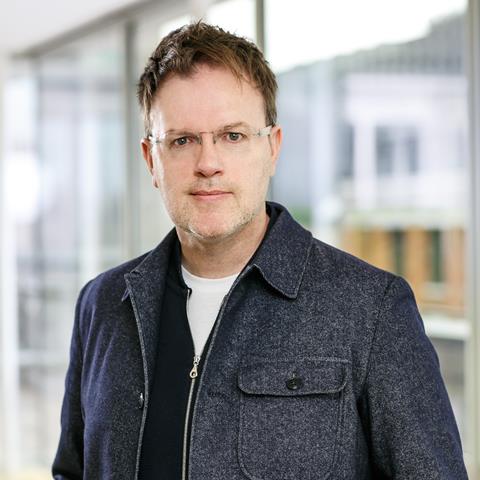
That influx brought growing pains – more meetings, more responsibility and increasingly complex briefs. “We were quite a hands-on group of directors,” McRae explains. “But something had to give as everything was just getting larger.”
The response was not only to increase floor space, but to bring in new voices at the top and expand into new sectors. Miranda MacLaren and Robert Bird were appointed directors in 2024, joining a team that includes Colin McColl and Simon Whittaker alongside McRae and Richards (Shirley, the other-co-founder, left the practice in 1995).
Bird, who previously held senior roles at Stanton Williams and Penoyre & Prasad, was hired to take over day-to-day operational oversight. MacLaren brings a different kind of depth with over 15 years’ experience across affordable housing, specialist living and estate regeneration.
Her brief, which includes growing Orms’ residential business, is as much cultural as it is architectural. “I was brought in to ask: what can this building become? What does the context say? What are the social pressures saying?” she says. That kind of interrogation, rooted in a strong sense of purpose, has come to define the next phase of the practice’s evolution, broadening its scope while staying true to its principles.
Sustainability in action
While many practices talk up sustainability, Orms has been working concertedly to embed it into every level of operation, from furniture audits to carbon literacy training. The appointment of Rosie Bard and Rachel Rachel Hoolahan as in-house sustainability leads marked a move from general awareness to practical implementation.
One of the most visible outcomes has been the studio’s work on material passports. “We wanted to understand how materials could be repurposed, not just recycled,” says McRae. “So we’ve been pushing the industry to take more responsibility for the things it makes.”
Orms has collaborated with Lancaster University, as well as developer Grosvenor, to pilot a methodology that assigns identity and traceability to construction components, ensuring that their value is not lost at the end of a building’s life.
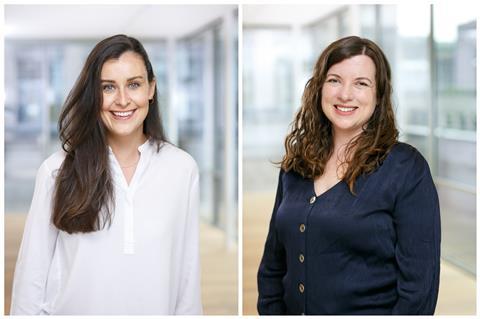
This has gone hand-in-hand with practical interventions. The practice has helped to recover more than 22,000 ceiling tiles from demolition, returning them to the manufacturer for cleaning and repurposing. A similar initiative with Optima saw the reuse of glazed partitions across projects. Lighting and furniture are now assessed for embodied carbon as standard.
In 2024, Orms became B Corp certified. The designation reflects both the practice’s ethical culture and its growing clarity of purpose. “We’re already an employee-owned business, and we see our new B Corp status as the next logical step in the process of continual improvement,” says McRae.
Bard, who led the certification process, describes it as a way of making Orms “fit for the accelerated age we live in”. It has also provided a framework for auditing the practice’s own performance, not just on carbon, but on equity, governance and long-term accountability.
The practice has also begun working with the new UK Net Zero Carbon Buildings Standard – a voluntary framework designed to push the industry beyond compliance. “At first, we thought it was unrealistic, and some of our clients did too,” says McRae. “But it’s supposed to be aspirational. That’s what gets people talking and thinking about how we design differently.”
Miranda MacLaren – bringing a residential ethos to Orms
The arrival of MacLaren as director in 2024 marked a clear statement of intent in terms of the practice’s desire to make a concerted move into the residential sector. With a background in housing and a portfolio spanning emergency accommodation, senior living and estate renewal, she brings a user-centred focus that extends Orms’s ambitions into new territory.

MacLaren was previously a director at Morris + Company, where she led that practice’s housing team and developed an interest in the complexities of supported living. “I was working on everything from later living schemes to emergency accommodation,” she explains. “I’ve always been obsessed with what makes a home.”
That interest has translated into research and advocacy. A campaign and short film she developed with her filmmaker husband during the pandemic, We Are Not Bad Kids, explored the lack of regulation in accommodation for vulnerable 16 to 23-year-olds.
My role at Orms is about asking: what can this building become? Not just what was it. That means understanding the social landscape as much as the architectural one
Miranda MacLaren, Orms director
“There are no real standards,” she says. “Much of it sits outside the planning system. Once you’ve sat with mums and kids and seen what they’re living in, you can’t really forget it.”
She believes there is huge untapped potential in repurposing stranded office buildings, particularly in partnership with local authorities, to help address the current housing shortage. “My role at Orms is about asking: what can this building become? Not just what was it,” she says. “That means understanding the social landscape as much as the architectural one.”
Urban repair at every scale
The direction of any practice is best understood through its built work. Orms’s projects offer a clear demonstration of its beliefs in action – sensitive adaptation and a commitment to urban repair. That is not to say the practice is averse to making a statement.
At St Giles Circus, the practice worked alongside Ian Chalk Architects on a major transfrmation above and around Tottenham Court Road station. The scheme restored eight listed buildings, created new or refurbished performance venues, and inserted a love it or hate it giant digital display space at the top of Charing Cross Road with a cinematic flair.
For McRae, it was about “reigniting Tin Pan Alley and creating the next generation of music economy”, and doing so through stitching the city back together.
Further east, at 75 London Wall, Orms is leading a £250m retrofit of Deutsche Bank’s former HQ. It’s a deep retrofit-first scheme with an ambitious circular economy agenda.
“We’ve salvaged toilets, stone, lighting, even entire marble walls,” McRae says. The building, designed by David Walker while at Swanke Hayden Connell in the 1990s, is being extended vertically with a sympathetic new addition to the roof.
Another ambitious retrofit is planned at 1 St Martin’s Le Grand, the 19th-century former General Post Office building designed by Sir Henry Tanner. Orms’ proposals retain the original Portland stone facades while replacing the postmodern roof extension with a new top storey in dark Grigio stone. It’s a respectful addition that draws on the compositional symmetry of the original building.
“It’s quite contemporary,” says McRae, “but very much a play on Tanner’s architecture.” The project will deliver around 320,000 square feet of office space, restoring clarity to a prominent corner of the City.
And at Custom House, the grade I-listed riverside landmark, Orms and Richard Griffiths Architects have submitted plans for a sensitive hotel conversion. “We’ve done over 20 pre-apps,” says McRae. “It’s one of the most sensitive heritage sites in the City.” The proposals include public access, gallery space, and a new riverside walk.
Different in context, these projects are united by a clear ambition: to repair and enhance the city’s urban fabric by reusing what already exists where possible, but always with a willingness to be inventive.
Market insights – navigating a changing landscape
Orms has always evolved in response to the city around it – but today’s market volatility demands more than adaptation. “We’ve seen schemes pivoting midstream,” says McRae, referring to a notable slowdown in commercial development across London. “They were consented as offices but are now being rethought for housing or student use.”
The drivers behind this shift are primarily financial, with a dramatic fall in office demand impacting values and forcing some rapid rethinking. “If someone bought an office building five years ago and valued it at £100m, that market price today could be closer to £50m,” he explains. “Some owners are only just starting to accept that.”
The collapse in office exit values has created a moment of reckoning. But it is also opening up opportunities for more creative forms of refurbishment.
“The buildings that don’t stack up as offices, either because of location, or lack of amenities, are being reassessed,” says McRae. “But to make that work, you need to be able to unlock different typologies – and that means engaging with regulation.”
The constraints on office to residential conversions are well known: deep plans, daylighting, circulation inefficiencies. But MacLaren sees possibility in the mess.
“Some of the 1960s and 70s buildings have perfect characteristics for reuse,” she says. “Narrow floorplates, good cores, potential for dual aspect. They’re just waiting to be rethought.”
We’re at our best when we’re working with what’s there, whether it’s a building, a brief or a community. We listen, and we build from there
John McRae, Orms director
The issue, she argues, is one of trust and risk, and proving that unscrupulous developers in the permitted development sector aren’t the only show in town when it comes to office to resi projects. “We need to show that this can be done well and that it’s not about compromising quality, but rethinking assumptions,” she says. “That’s where local authorities and longer-term funding models could play a big role.”
The student residential sector in London remains notably buoyant, underpinned by continued expansion from both UK and international universities. As MacLaren explains, universities that were once exclusively regionally based are now establishing a presence in the capital. “More universities are setting up satellite campuses in London,” she says. “It’s predominantly about the international students and their ability to be in an interesting city where there’s lots going on.”
Location remains king in terms of the remaining commercial office market. Proximity to transport, says McRae, is more critical than ever. “Even a 20-minute walk from a major station can now make the difference. Tenants want ease, and they want connection.”
Orms, once tightly focused on London office projects, is now at the vanguard of a more nimble approach, helping clients to identify new opportunities and achieve value in a strained marketplace.
Architecture that listens
At the heart of the firm’s approach is a simple but demanding discipline: listening. Not as a slogan, but as a method. Listening to buildings and clients. And to what materials, communities and contexts demand. “You need to be forensic”, says McRae. “You need to listen.”
That ethos has helped to shape the practice’s evolution, from its longstanding interest in refurbishment to the current pivot into housing, as well to its approach to stranded assets and sustainability. In each case, the work begins not with assumptions but with questions: What does this building want to be? Who is it for now? What histories, social or material, are embedded in its structure?
For Orms, architecture is as much about process as product. It is about enabling conversations and letting design solutions emerge from the collision of needs. “It’s not about parachuting in with an answer,” says MacLaren. “It’s about sitting down with the problem, and the people, and trying to understand it fully.”
In many ways, that’s what defines this latest phase for Orms. Not scale for its own sake. Not token gestures toward sustainability. But a grounded, thoughtful commitment to design that responds and evolves.
As McRae puts it, “We’re at our best when we’re working with what’s there, whether it’s a building, a brief or a community. We listen, and we build from there.”
It’s an unshowy philosophy, perhaps. But one with the potential to make a lasting impact on how the city is repaired, reused and reimagined.























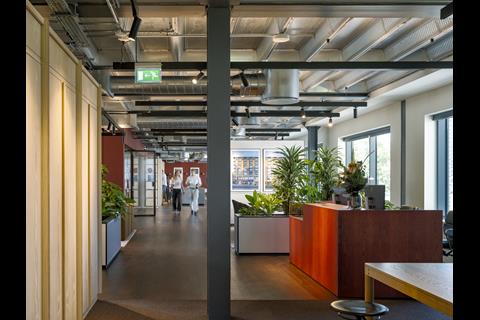
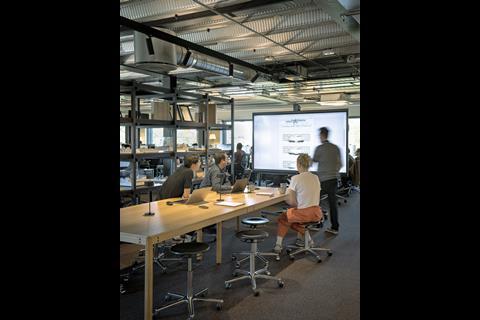
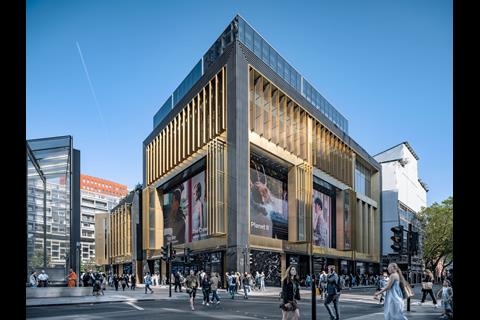


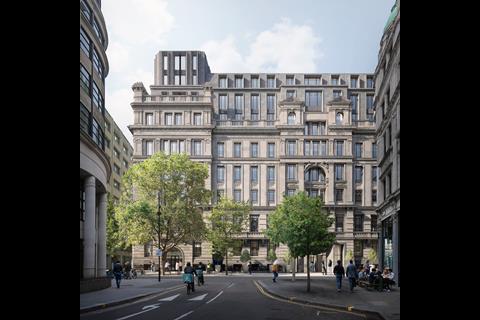
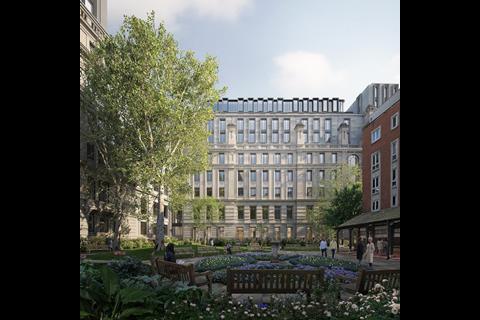
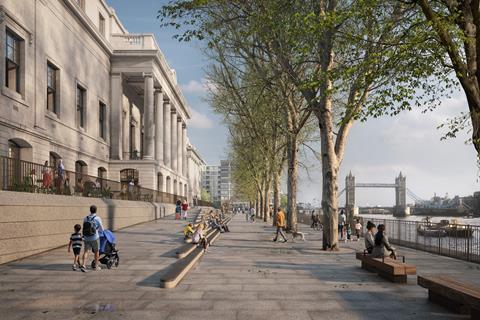
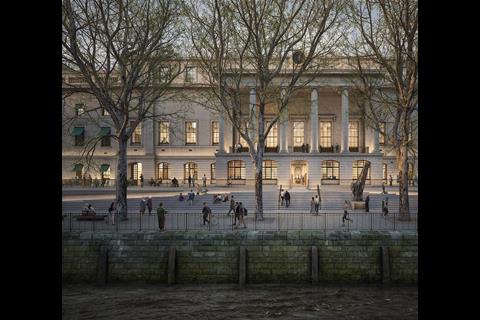
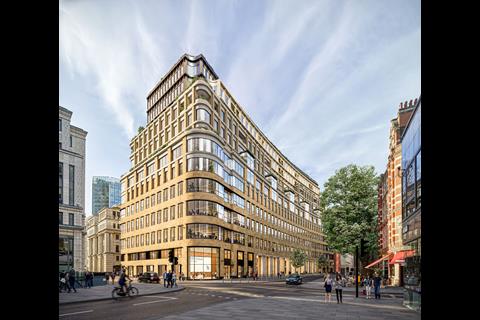
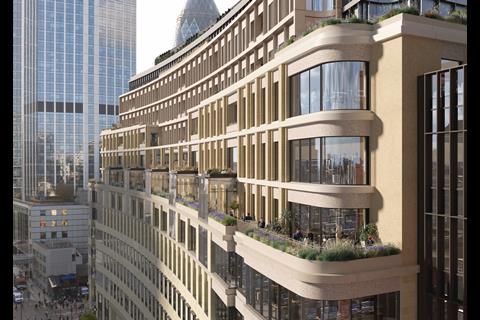
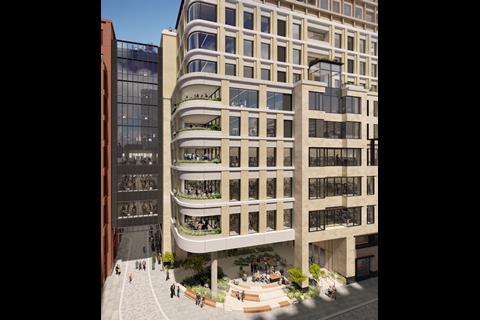







No comments yet